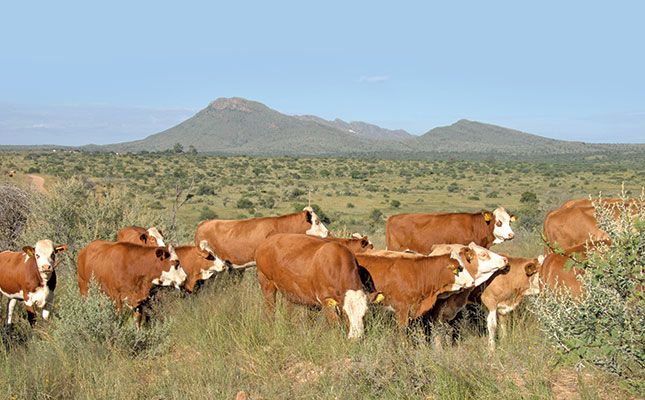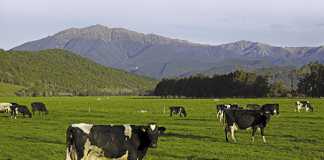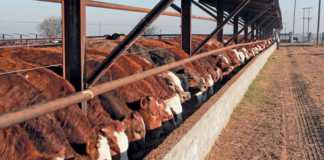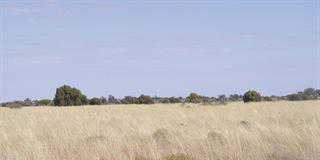
Photo: Annelie Coleman
The aim of seasonal breeding is to get the maximum number of females in calf as quickly and economically as possible. A well-planned breeding season ensures optimum reconception, calf survival and growth.
The time to breed is best determined by the availability of low-cost, high quality feed during peak milk production. More simply put – let the cows (production) follow the grass.
Calving
The ideal summer calving time is more or less six to eight weeks before the grazing flush. Delayed breeding means that late calves miss their mothers’ milk production peak on summer veld and pastures, resulting in lower weaning weights.
Dystocia may be a problem with late summer calving as calves tend to be heavier because of the large amount of highly nutritious food available to the cows at the tail end of the gestation.
On the other hand, calving too early in the season before adequate summer grazing is available can cause low reconception rates in cows bred back in sub-optimal condition. The nutritional requirements of the cow peak six to 14 weeks after calving.
This period should coincide with peak summer veld or pasture production for condition maintenance, high conception rates and good weaner weights. A tight calving pattern also makes marketing easier, with bigger calf groups showing weight and size uniformity.
Bull requirements
With single sire mating, breeding groups have to be kept separate for a short period of the year only. Bull requirements in a summer breeding season are marginally higher than those for year-round breeding. Bulls must be kept away from the cows during the non-breeding period and the flow of weaners is not spread throughout the year.
Breed to the available grazing
It makes sense to choose a time of year for summer breeding when cows are in top condition. This is usually about three months after the month of highest rainfall. For summer breeding, the best reconception is achieved when cows calve between one month before to about one month after the first effective rain has fallen.
So if the first effective rain in a specific area usually falls in October, cows should calve from September to the end of November. The breeding season should therefore stretch from December to the end of February. In drier regions, breeding can start later as the rain comes later than in the wetter regions. Guidelines are given in Table 1.

Split seasons
Two breeding seasons mean that the bulls are used more effectively, cows that skipped a season can be bred back sooner and heifers can be mated at 18 months instead of at 24 months. Two breeding seasons give the cattleman smaller, contemporary weaner groups. A winter breeding season should only be considered if sufficient quantities of quality, inexpensive feed, such as crop residues, is available during winter.
Split season breeding could also be considered if heifers get too fat to be mated at 25 months and need to be mated at 18 months. The advantages of winter breeding include a lower parasite load and improved beef prices in December when the winter calves are marketed. There are a number of disadvantages to allowing the cows to breed year-round.
Some of the cows with calves at foot will not have access to summer grazing and need expensive winter supplements; effective selection for fertility is more difficult; feed flow planning, performance testing and marketing become complicated and veterinary input costs are increased with more frequent pregnancy testing. A breeding season should not last longer than 90 days. On an average 285-day pregnancy, a cow must conceive within 80 days after calving to calve at the same time the next year.
A breeding season of 75 to 80 days is better than 90 days. The ideal is a 65-day (three oestrus cycles) breeding season for lactating cows and a 45-day (two cycles) breeding season for heifers and dry cows.
Contact Leslie Bergh via email [email protected].













